One year on, the Pact’s first progress report contains lots of blanks
It’s been a year since 42 food and drink companies responded to public outrage over plastic by agreeing a series of targets to purge the material from supermarket shelves.
This week came the first landmark report on what’s happened since, intended to reveal progress among the now 76 companies signed up to the Plastics Pact.
But with a ban on plastic straws announced by the government this week - just the latest move, following plans for a tax on single-use plastics and a deposit return scheme for bottles - is the industry moving fast enough to avoid further backlash and regulation?
The report
Wrap’s report focuses on what its CEO Marcus Gover calls the “huge array” of initiatives being carried out by supermarkets and suppliers in the Pact, who between them account for 85% of plastic on shelves. “Change is happening” is Wrap’s key message, whether that is the 700 tonnes of non-recyclable polystyrene pizza bases ditched by Tesco, Asda and Aldi; Morrisons launching 60 plastic-free fruit & veg aisles, or Walkers recycling 2.4 million crisp packets.
But concrete measurement against the Pact’s targets are much thinner on the ground in the report.
The Plastics Pact promised by 2025 to make 100% of plastic packaging reusable, recyclable or compostable; for 70% of plastic packaging to be in effect recycled or composted; and for companies to have 30% average recycled content across all plastic packaging.
But despite the roadmap promising the first set of key outcomes by April 2019, The Grocer has learnt a quantitative report detailing progress will not be available until at least the autumn.
This week’s report was also notable for having lots of blank columns instead of evidence of action.
‘Due to their sensitive nature, there are many other initiatives ongoing which will be shared in due course,’ it says, adding the gaps show ‘that the organisation is either not taking action towards the target at this moment in time, the information is not yet ready to share publicly or the organisation does not work in a way that requires action towards that particular target’.
No definitive list
If that sounds wishy-washy, then what’s perhaps even more worrying is that Pact members have yet to agree on a definitive list of plastic materials they need to get rid of.
One of the original pledges was that, by 2025, signatories would eliminate problematic or unnecessary single-use plastic packaging through redesign and innovation. But Wrap will not publish the list of products against which it will measure this commitment until at least next month.
In stark contrast, a full year has passed since Tesco published a list of products it was in effect blacklisting, including PVC, polystyrene, oxo-degradable materials, PLA (polylactic acid) and water-soluble bio-plastics. No wonder some industry sources are asking why it has taken the Pact so long to follow suit.
The Grocer has also established that when Wrap does finally publish concrete figures, they will be membership-wide rather than broken down company by company.
Read more: Industry leaders blast impending plastic tax fiasco
That does not sit well with those who fear the industry will face the same sort of criticism it has encountered over lack of transparency on food waste.
“For the Pact to be seen as meaningful, transparency is absolutely vital,” says one industry source. “We need companies to publish their data, or it will be inviting criticism.”
Louise Edge, head of Greenpeace UK’s ocean plastics campaign, echoes this. “To be frank, we’d have expected much more progress in this progress report,” she says. “The public is demanding strong action, but it’s clear that one year on from companies signing their Pact pledges, most simply aren’t delivering it.
“Changing pizza bases and removing plastic cutlery from company HQs just won’t cut it.”
For Wrap, getting nearly 80 companies to agree to take joint action against plastic could be considered a huge step in itself. But as this week’s progress report has exposed, the way forward is likely to be perilous unless there is consensus on the need for transparency and scientific reporting.




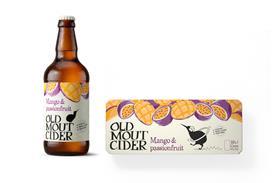




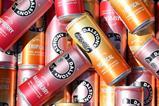
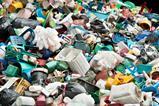
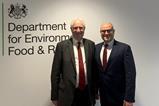



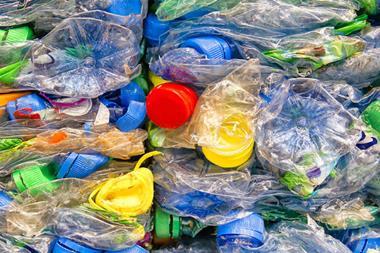
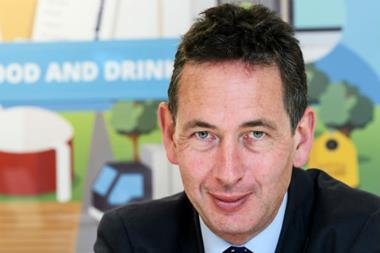
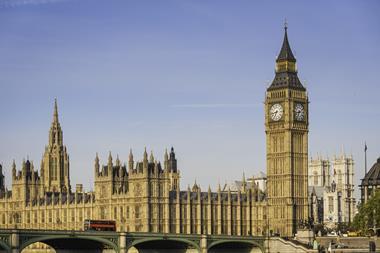
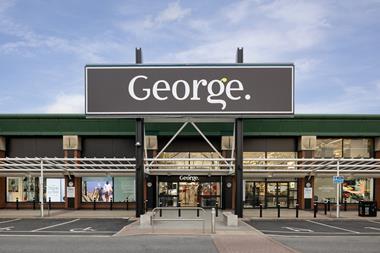


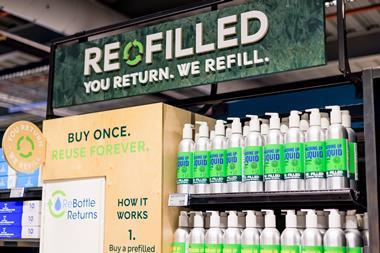


No comments yet